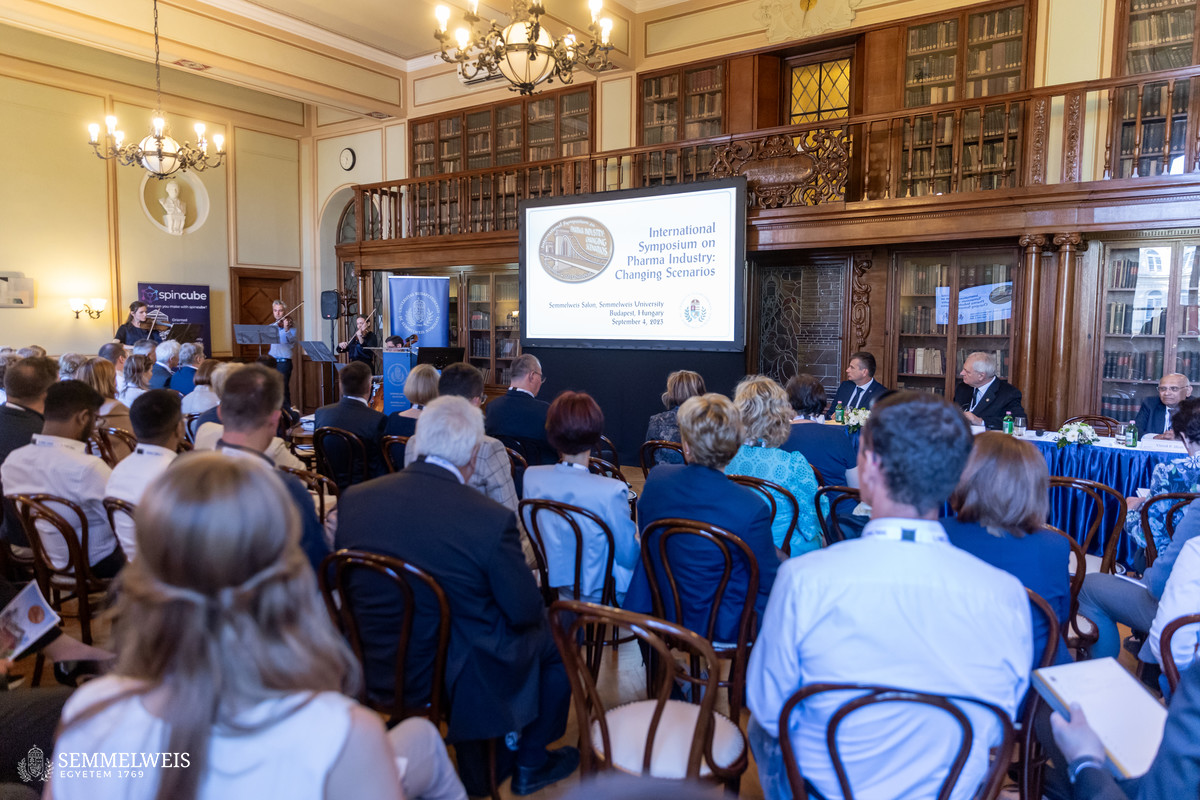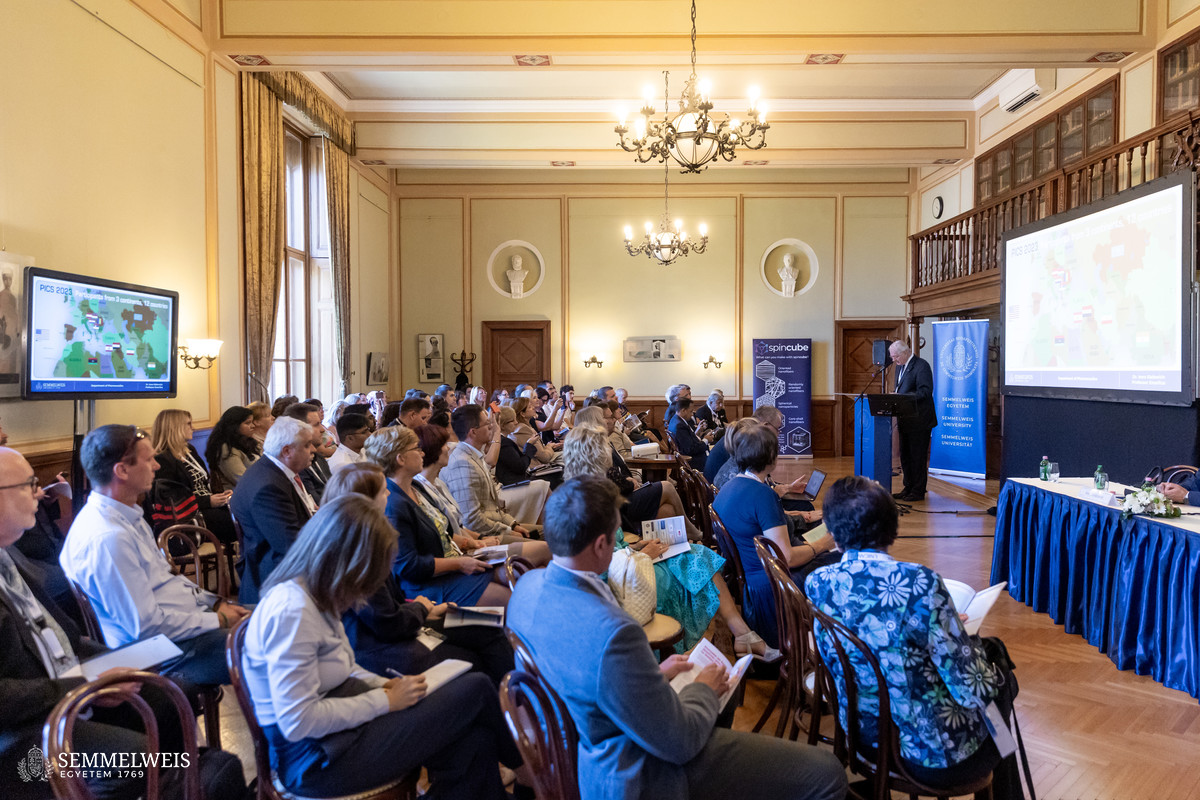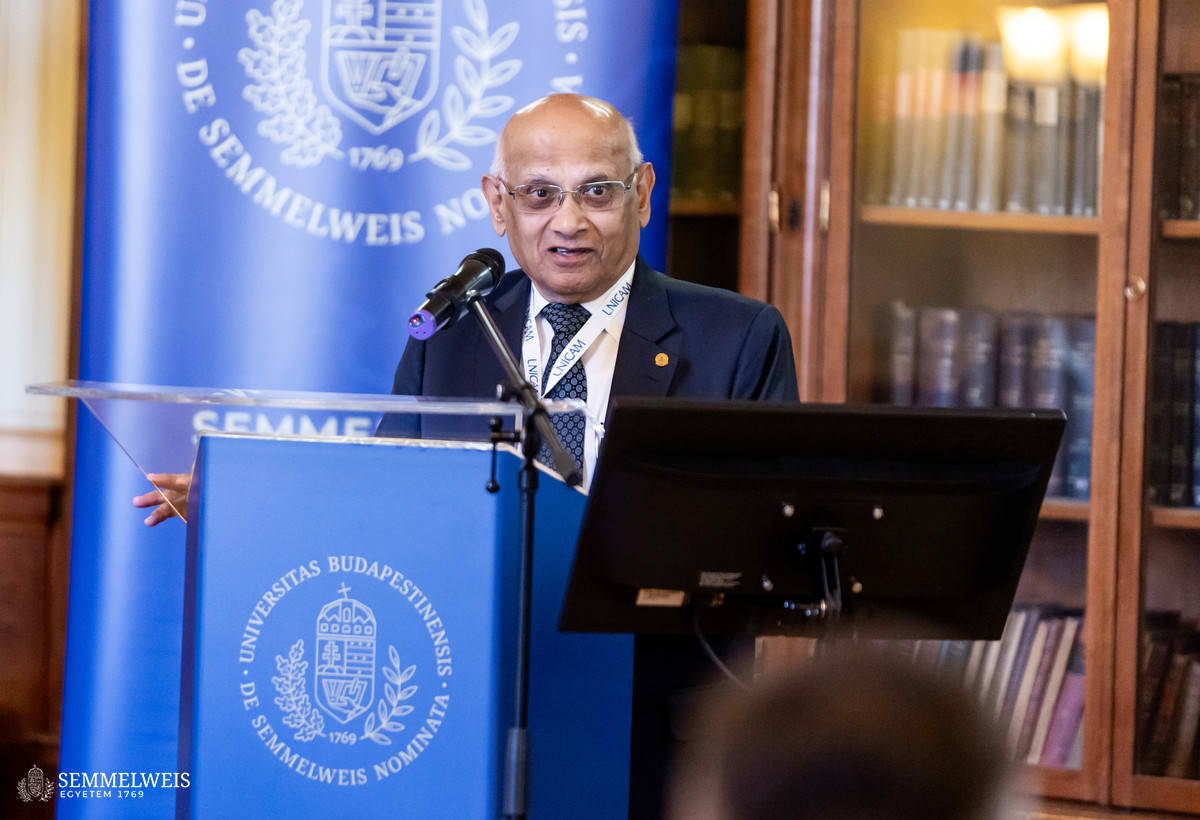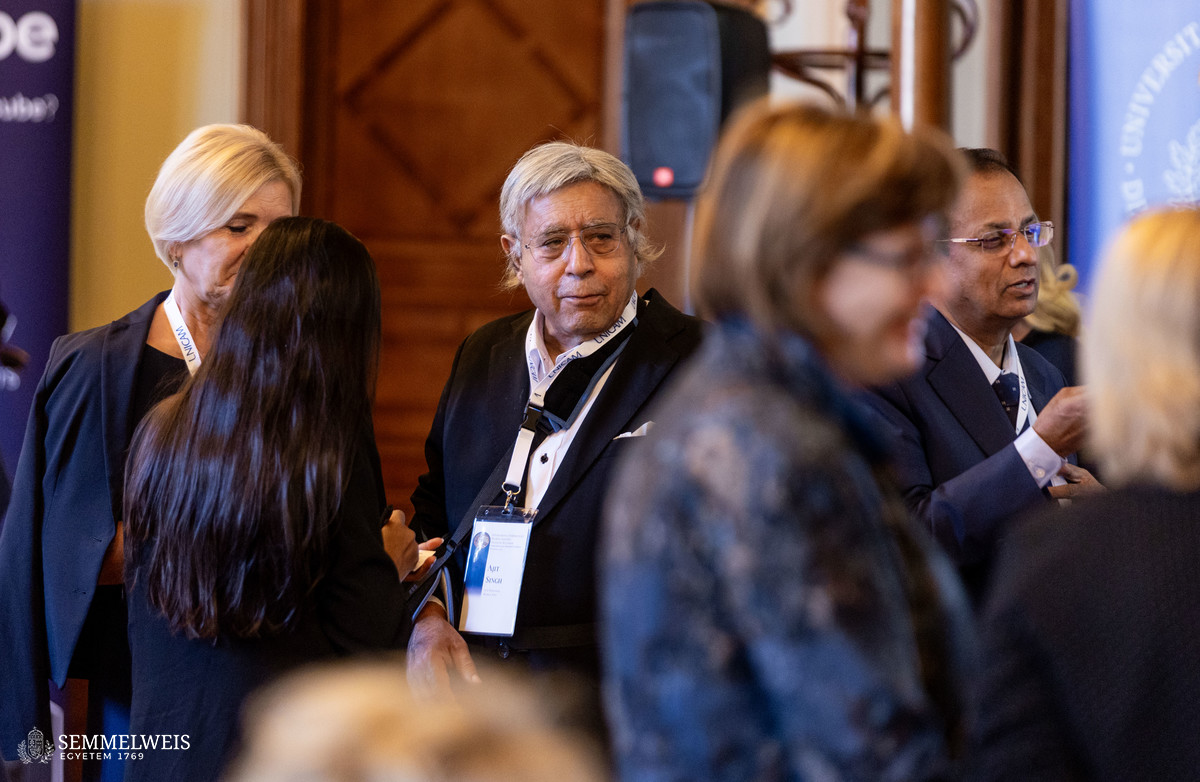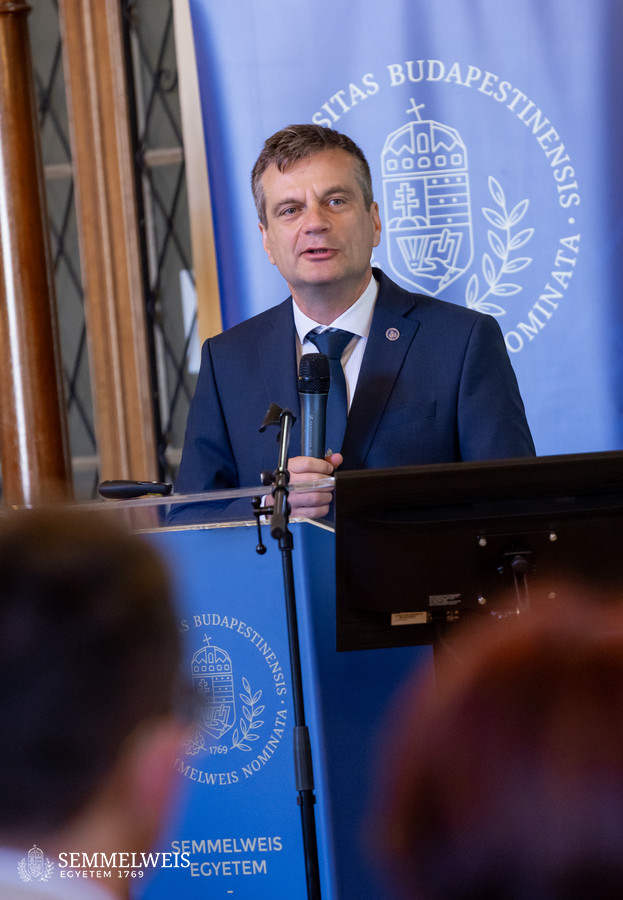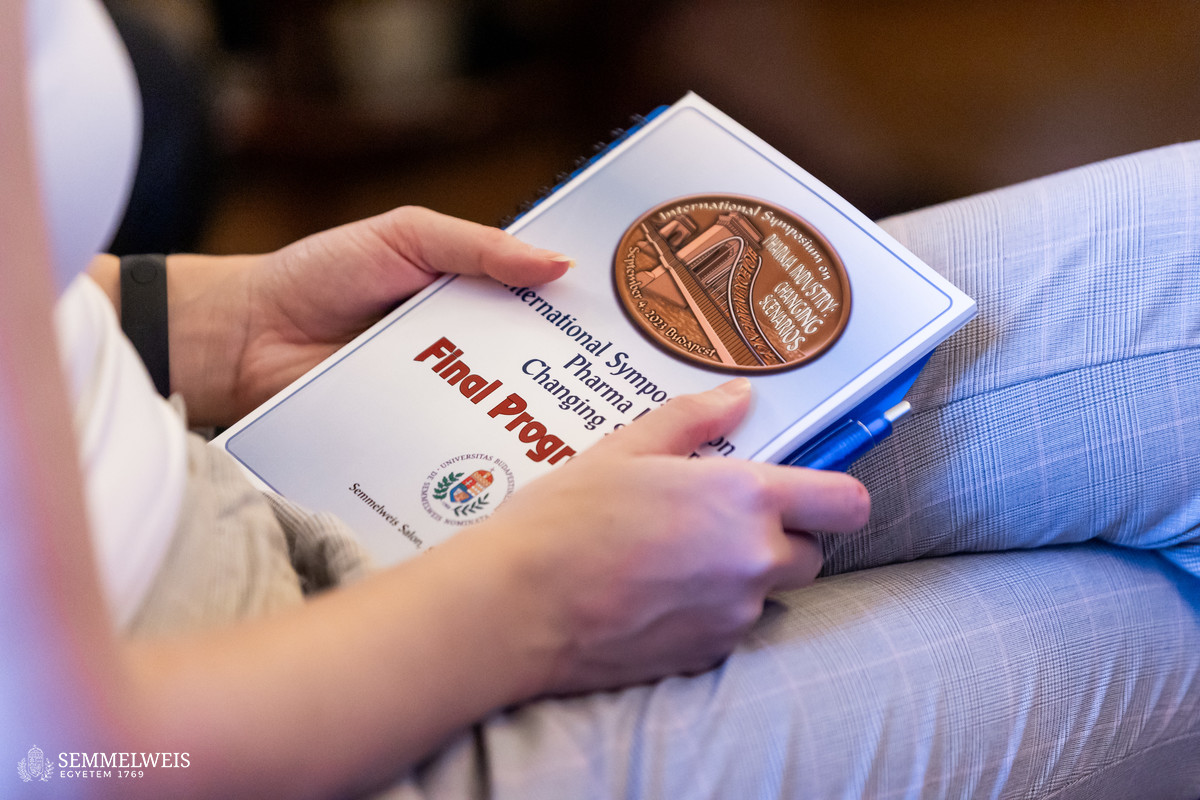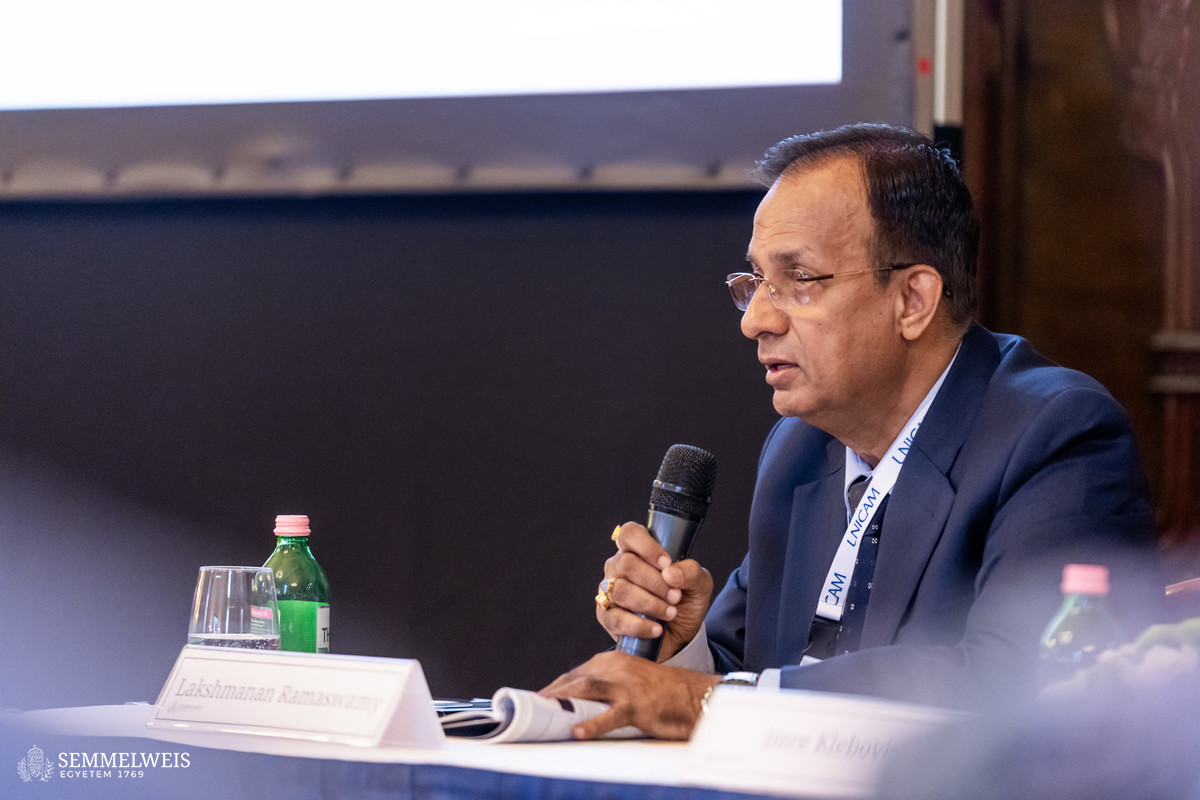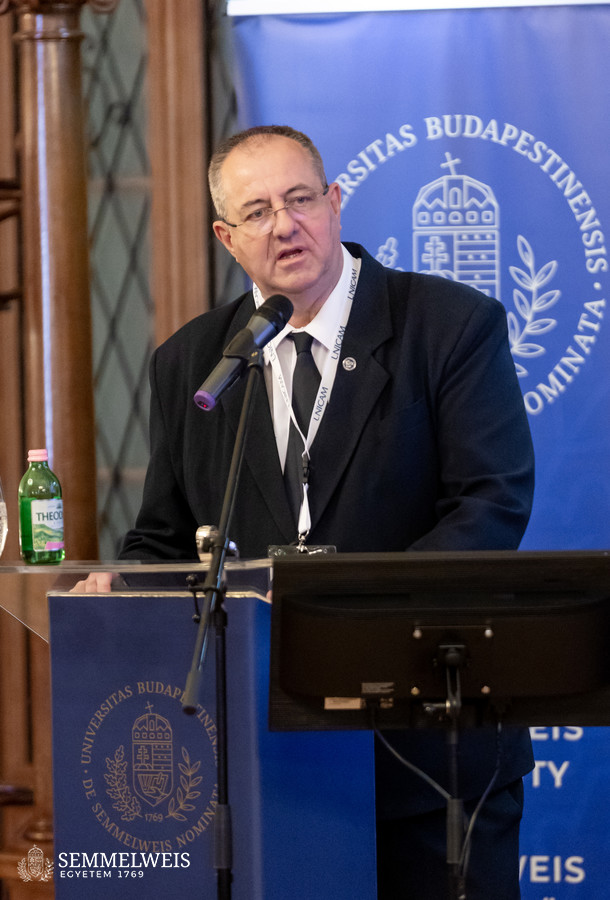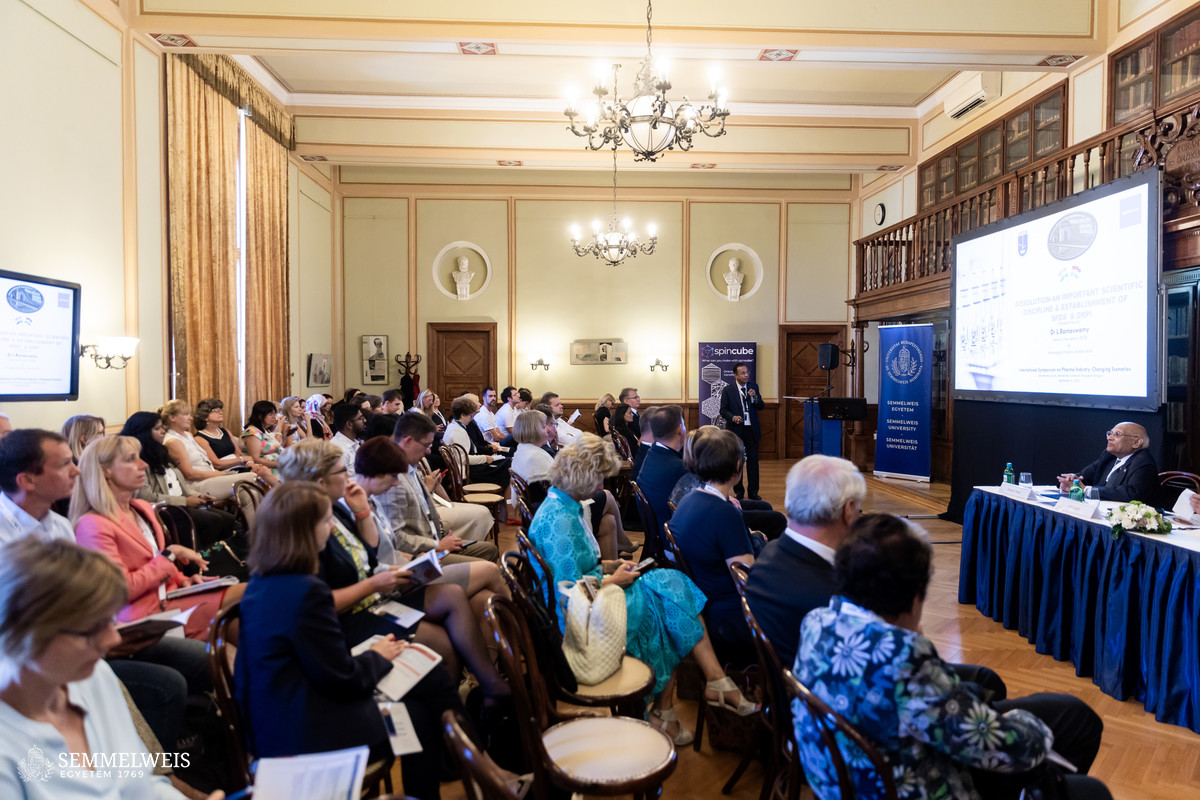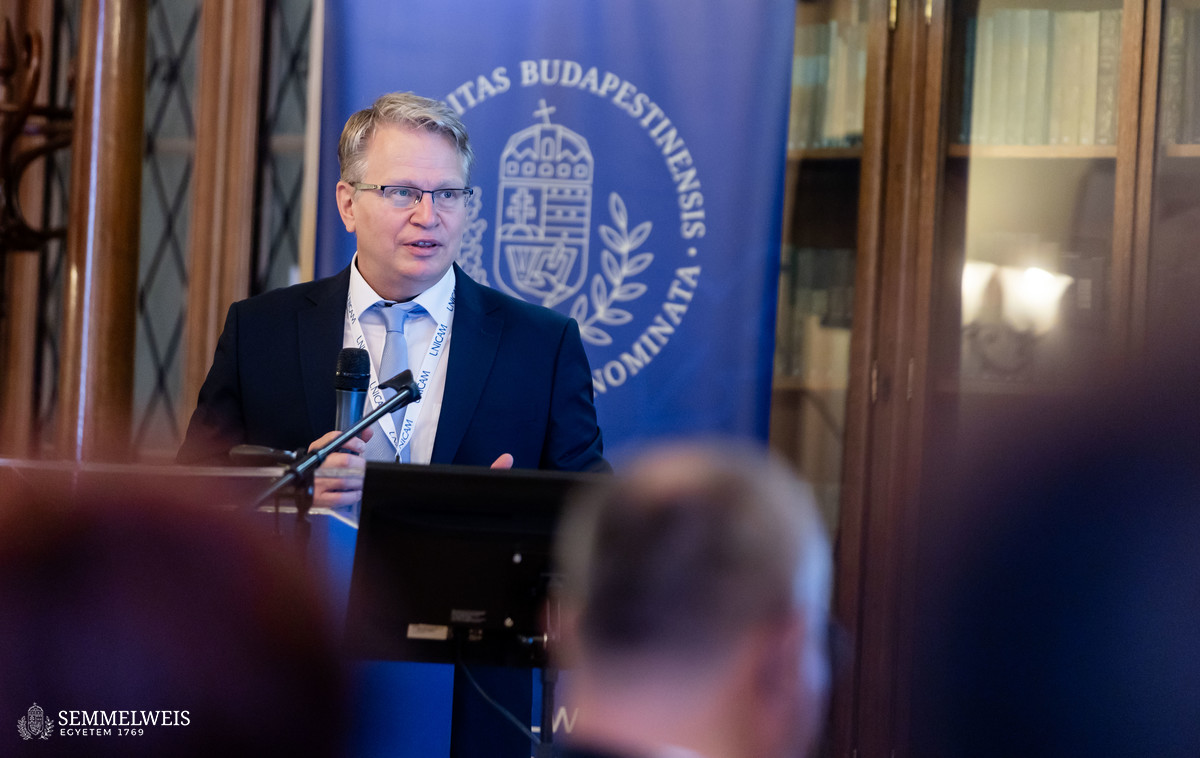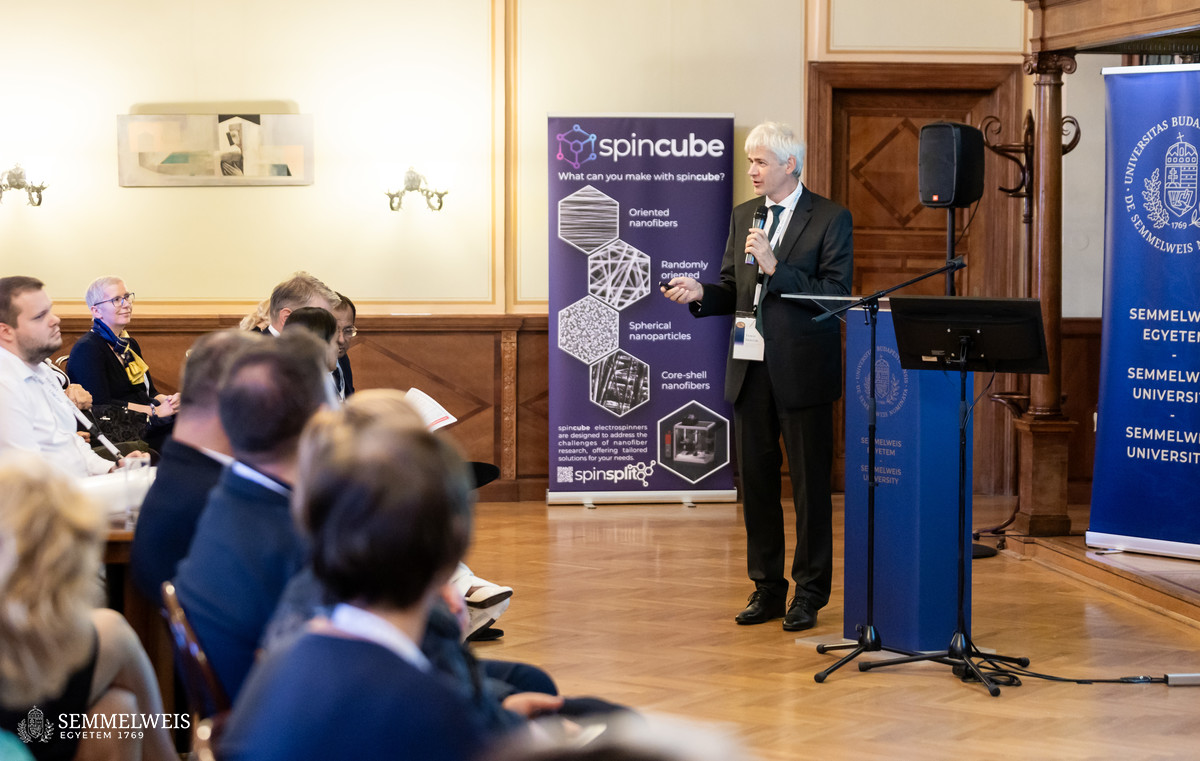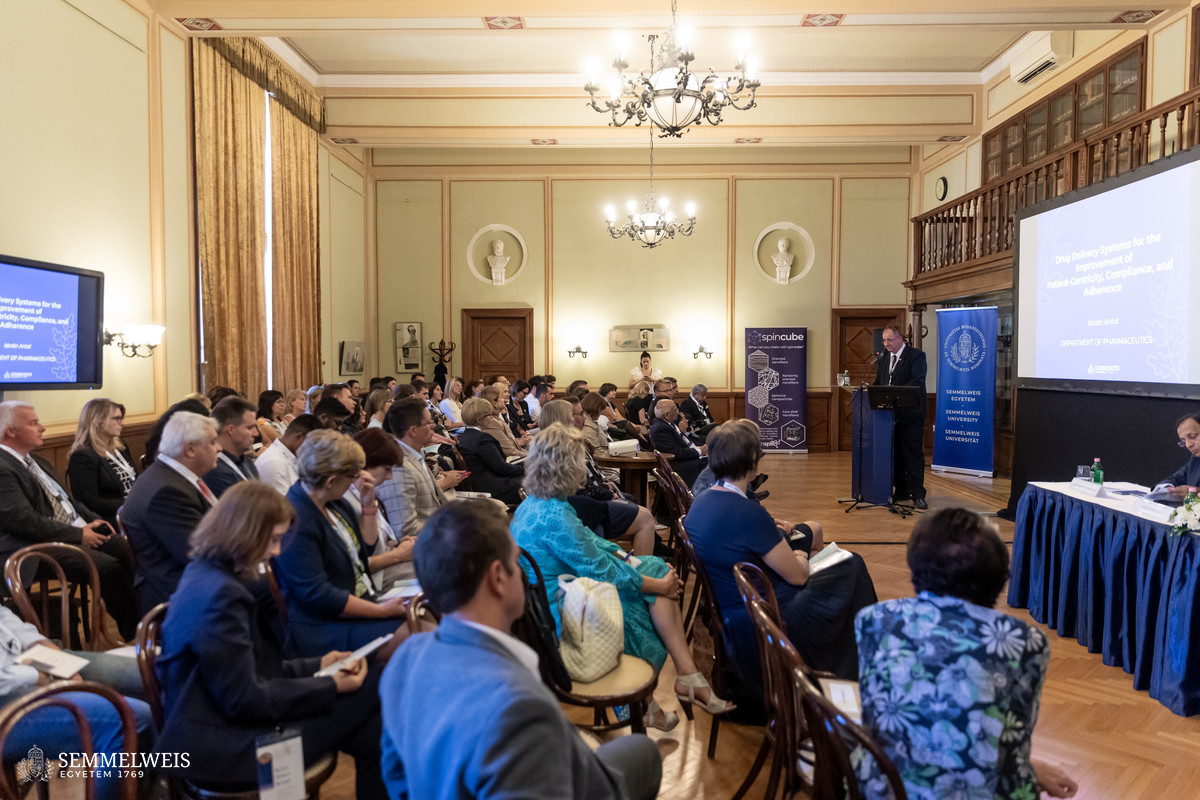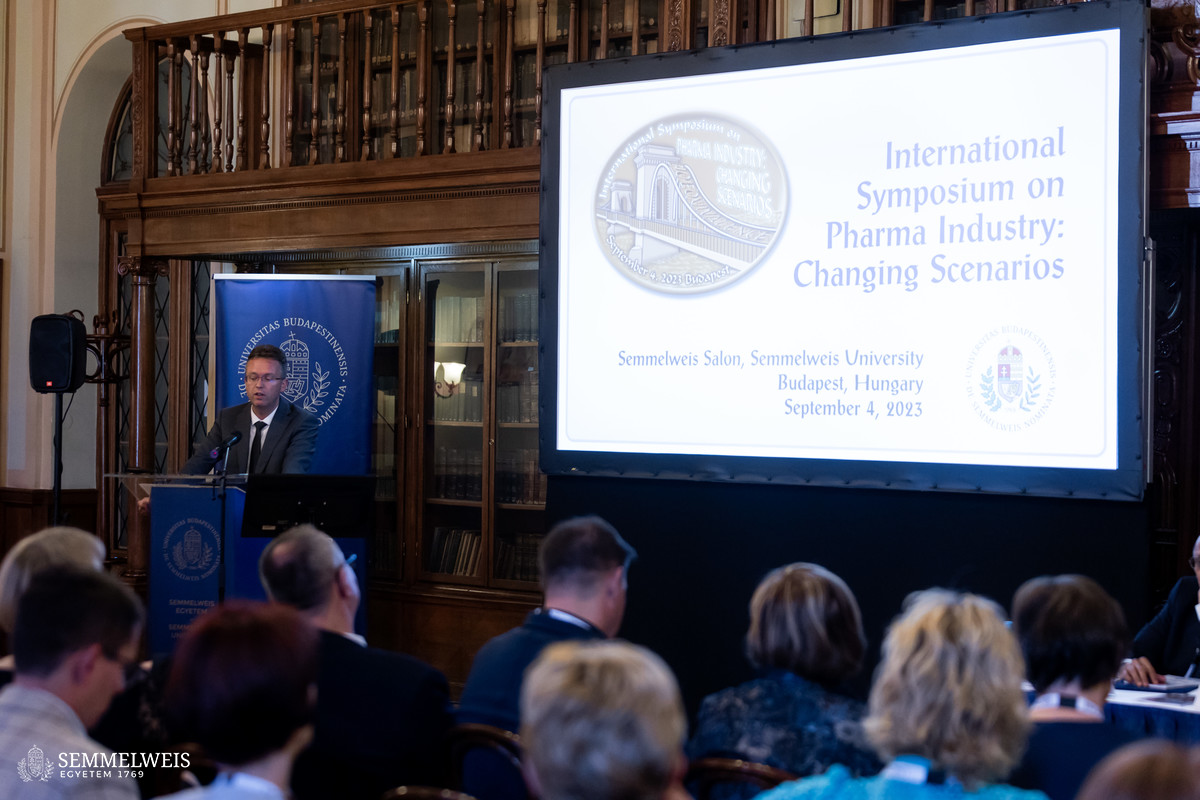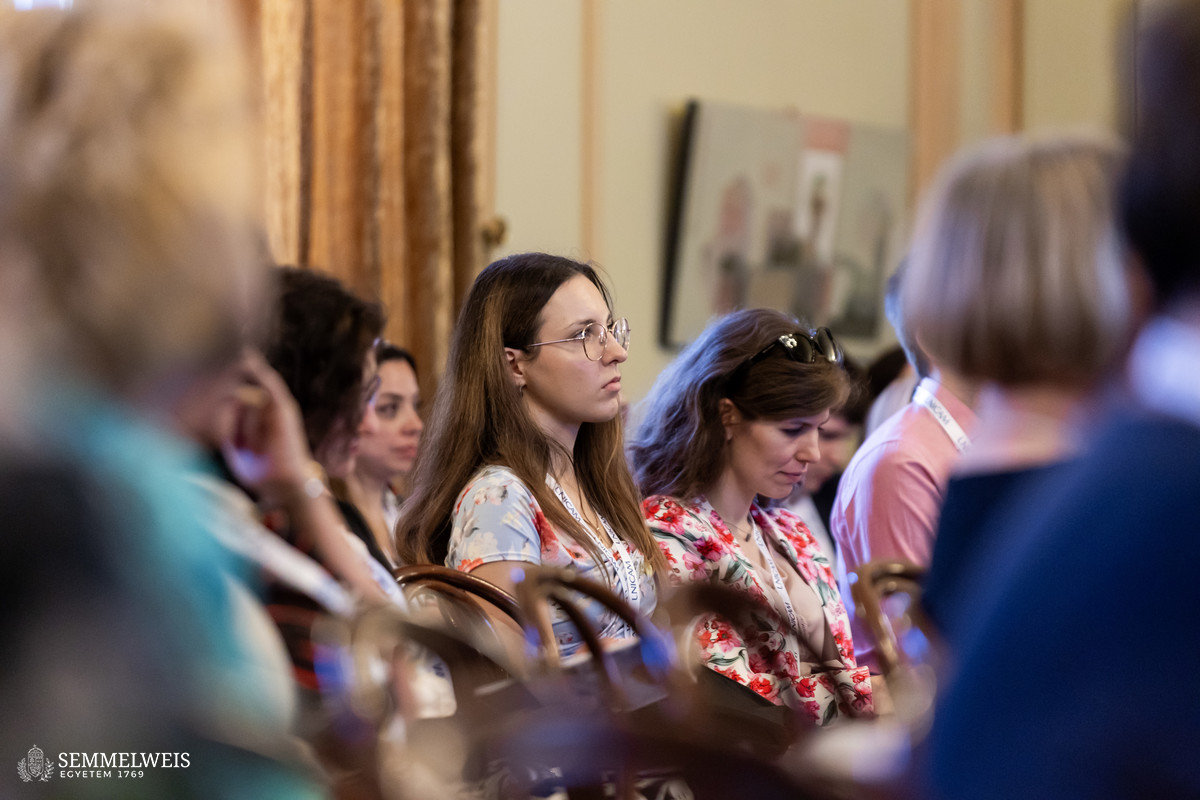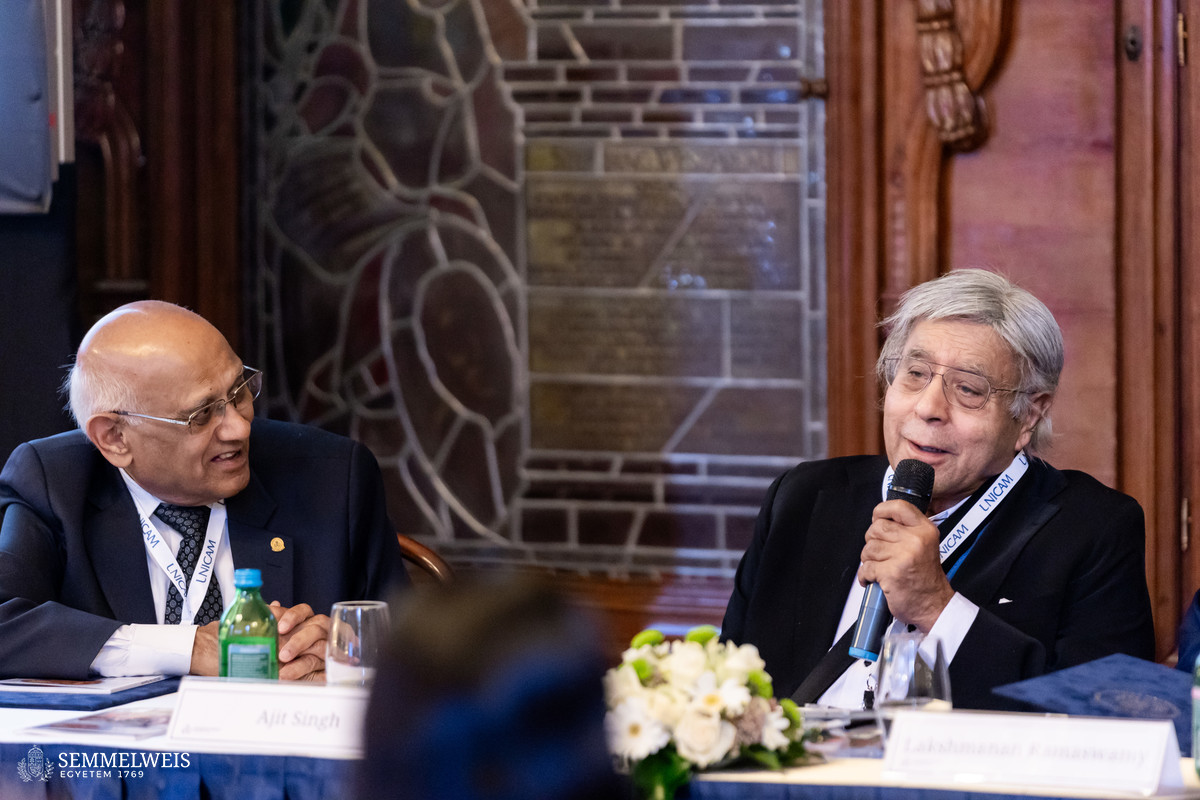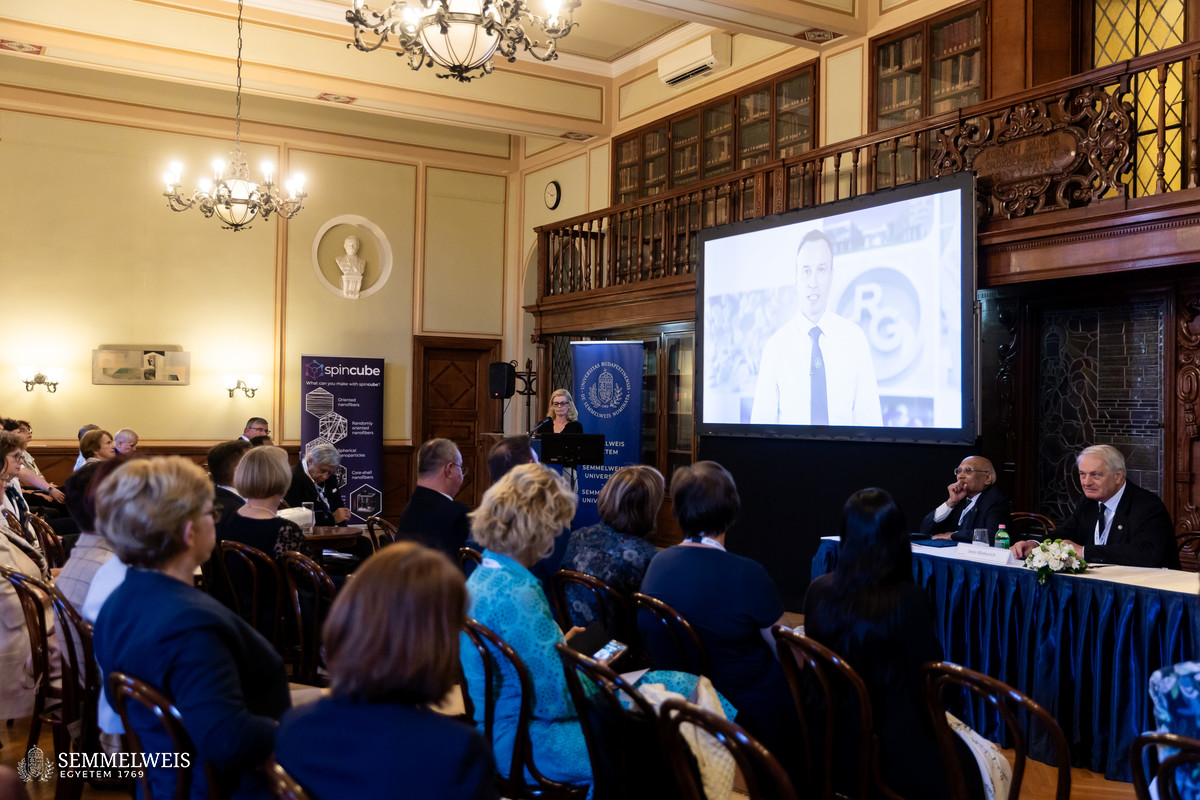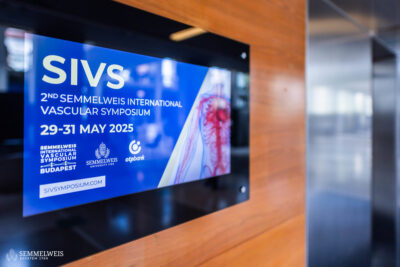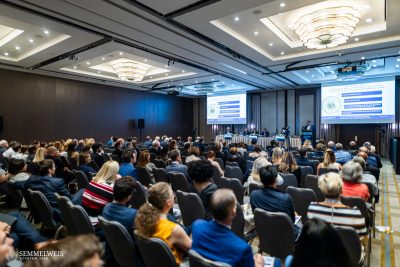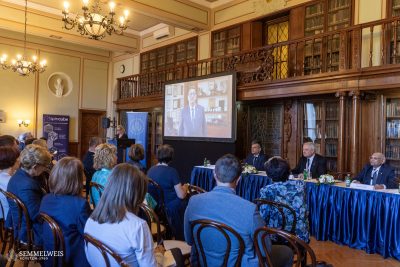 Rector Dr. Béla Merkely welcomed the audience in a video message as the main patron of the symposium. As he pointed out, being part of the international scientific and academic community, collaborating with industry stakeholders and intensifying cross-border partnerships are among Semmelweis University’s key missions and thus strengths, and high-quality international conferences like the current one play an essential role in achieving this.
Rector Dr. Béla Merkely welcomed the audience in a video message as the main patron of the symposium. As he pointed out, being part of the international scientific and academic community, collaborating with industry stakeholders and intensifying cross-border partnerships are among Semmelweis University’s key missions and thus strengths, and high-quality international conferences like the current one play an essential role in achieving this.
As science advances, new products on the market have become more complex, making it increasingly difficult to develop follow-on products. Extensive research is underway to develop reliable testing methods for the generic industry,
outlined the Rector one of the main themes of the event, which also included innovative drug delivery systems and the patients’ therapeutic adherence.
Dr. Péter Ferdinandy, Vice Rector for Science and Innovations and President of the Hungarian Society of Experimental and Clinical Pharmacology, welcomed the visitors to Budapest, which boasts one of the highest shares of GDP from the biotechnology and pharmaceutical industries among European cities. This is due to the history of the Hungarian industry dating back to the beginning of the 20th century, which has made Hungary one of the main suppliers of pharmaceuticals to the Eastern Bloc countries, ensuring the continuity of the domestic pharmaceutical industry, and due to the regulatory environment that supports the present and future of R&D.
Dr. Imre Klebovich, Professor Emeritus of the Department of Pharmaceutics and Co-chair of the Symposium, pointed out that science-based regulations allow for the reduction of regulatory burdens, and the growth of the brand and generic pharma industries has an impact on the global pharmaceutical market. The aim of the conference was no less than to explore current trends from different aspects.
“The Chain Bridge, as the logo of the symposium, symbolizes not only pharmacokinetics but also the interconnection of multidisciplinary sciences,” he added.
“The pharmaceutical industry is evolving at a rapid pace, with major manufacturers becoming global enterprises, producing and trying to get products approved globally, and this is only possible through regulatory harmonization,” pointed out Dr. Vinod P. Shah, pharmaceutical consultant and conference co-chair. “Regulatory authorities from different continents consult regularly to harmonize regulations. At the same time, however, increasingly complex formulations are being developed, facilitated by scientific research involving major and minor players in the pharmaceutical industry.”
The welcome speeches were closed by a performance by the Semmelweis Medic Orchestra, followed by Hungarian and international presentations on science-based pharmaceutical regulations, the huge growth of the generic pharma industry in India, research on drug dissolution, the current trends in original drugs, as well as the challenges and opportunities of regulatory science. Dr. István Antal, Dean of the Faculty of Pharmacy gave a presentation on drug delivery systems for the improvement of patient-centricity, compliance, and adherence. Dr. Balázs Lendvai, Head of Pharmacology and Drug Safety Research at Richter Gedeon Plc. and Head of the newly established Richter Department at Semmelweis University, spoke about new trends and opportunities in original and generic research. Dr. Tamás Szolyák, Head of Regulatory Affairs & Patient Safety at Richter Gedeon Plc., outlined several new opportunities in the international application of regulatory science, which accelerates the registration process for drugs.
At the conference, Dr. Balázs Hankó, State Secretary for Innovation and Higher Education at the Ministry of Culture and Innovation, personally greeted the participants. According to him,
the number of patent applications initiated by higher education institutions in Hungary has increased four-fold in the last three years, and Hungary can boast the second highest growth rate in the European Union, more than 50 percent, in the field of R&D, and they would like this trend to continue.
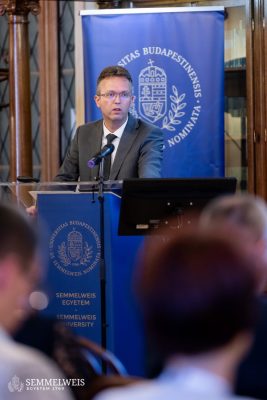 The Hungarian government has recently launched its innovation strategy, the János Neumann Program, in connection with which he highlighted that “the mission of our science and innovation policy is to make life easier for the Hungarians and create high added value jobs through innovative technological and social policy solutions. The government’s goal for Hungary is to be among the world’s top 10 innovators by 2040, and among the top 25 by 2030.”
The Hungarian government has recently launched its innovation strategy, the János Neumann Program, in connection with which he highlighted that “the mission of our science and innovation policy is to make life easier for the Hungarians and create high added value jobs through innovative technological and social policy solutions. The government’s goal for Hungary is to be among the world’s top 10 innovators by 2040, and among the top 25 by 2030.”
He also emphasized that the pharmaceutical industry is of strategic importance in Hungary. The sector accounts for approximately 6 percent of the GDP, and more than 20 percent of public R&D spending goes to the pharmaceutical industry. “This industry has strong, internationally competitive Hungarian enterprises,” he said, and then added that they would like to increase the international competitiveness of the companies in question.
At the closing panel discussion, among others, Pharmaceutical Consultant and former US FDA Vice President Dr. Vinod P. Shah, Chairman of ACG-Mumbai Dr. Ajit Singh, SOTAX Director Dr. Lakshmanan Ramaswamy also from Mumbai, Dr. Romána Zelkó, Director of the University Pharmacy Department of Pharmacy Administration and Dr. István Antal, Dean of Faculty of Pharmaceutical Sciences and Director of the Department of Pharmaceutics at Semmelweis University discussed what role nanotechnology will play in pharmaceuticals. According to Dr. István Antal, it is going to take bigger and bigger share, but the others believed while this is true, the new technology should be approached with consideration. According to the Indian, American and Hungarian participants, nowadays the vast majority of PhD and clinical research in pharmaceutics focus on nanotechnology, but generic drug mass production is always cheaper than the manufacturing of individualized meds. Furthermore, regulatory issues also seem to be problematic in the case of nanotechnology drugs. The participants agreed that, in essence, we also enter nanoparticles into the human body with traditional medicines, so nanotechnology will not necessarily mean a change in the active substance, but in the medicine administration technology – if it becomes possible to eliminate the currently existing barriers to application, be they technical, biological, chemical or regulatory of origin.
Gábor Orbán, CEO of Gedeon Richter Plc. and President of the National Foundation for Health and Medical Education, which operates Semmelweis University, drew attention in a video message to the challenges of the pharmaceutical sector, such as the problem of aging societies, measures aimed at reducing healthcare expenses, the differences between companies producing generic drugs price competition, the ever-tightening regulatory environment and rising research costs. “The importance of these issues transcends the pharmaceutical sector, as they concern one of the society’s fundamental values: human health,” he emphasized in his speech.
According to the CEO, this conference provided an excellent opportunity to establish closer cooperation between the pharmaceutical industry and the research sector, which “can also have a positive effect on the patients who rely on us to speed up their recovery or maintain their health,” he said.
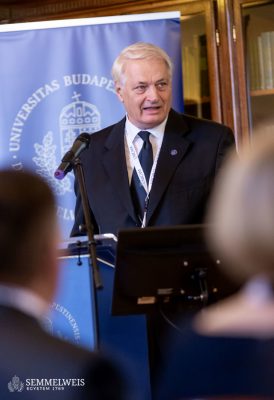 The event was closed by Dr. Imre Klebovich and Dr. Vinod P. Shah, Co-Chairs of the PICS 2023 Symposium, the former concluded the conference by saying the one-day conference was attended by researchers, representatives of the pharmaceutical industry and university students from three continents and 12 countries, such as the United States, India, and several other places from Europe, the Middle East and Asia, significantly enhancing the significance of the PICS 2023 Symposium, jointly organized by Semmelweis University and the Department of Pharmaceutics.
The event was closed by Dr. Imre Klebovich and Dr. Vinod P. Shah, Co-Chairs of the PICS 2023 Symposium, the former concluded the conference by saying the one-day conference was attended by researchers, representatives of the pharmaceutical industry and university students from three continents and 12 countries, such as the United States, India, and several other places from Europe, the Middle East and Asia, significantly enhancing the significance of the PICS 2023 Symposium, jointly organized by Semmelweis University and the Department of Pharmaceutics.
Mária Sánta, Judit Szabados-Dőtsch
Photo: Attila Kovács — Semmelweis Egyetem
